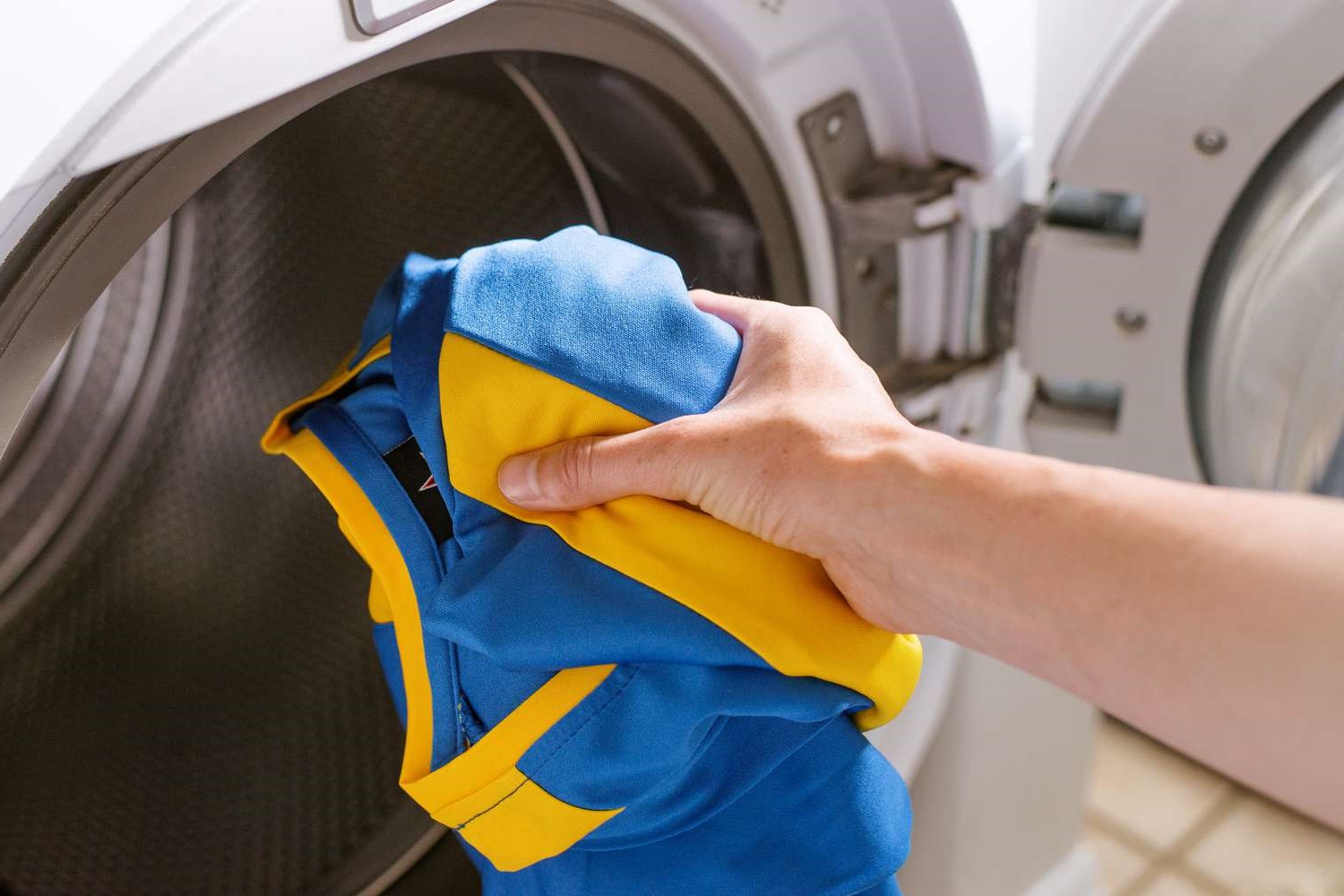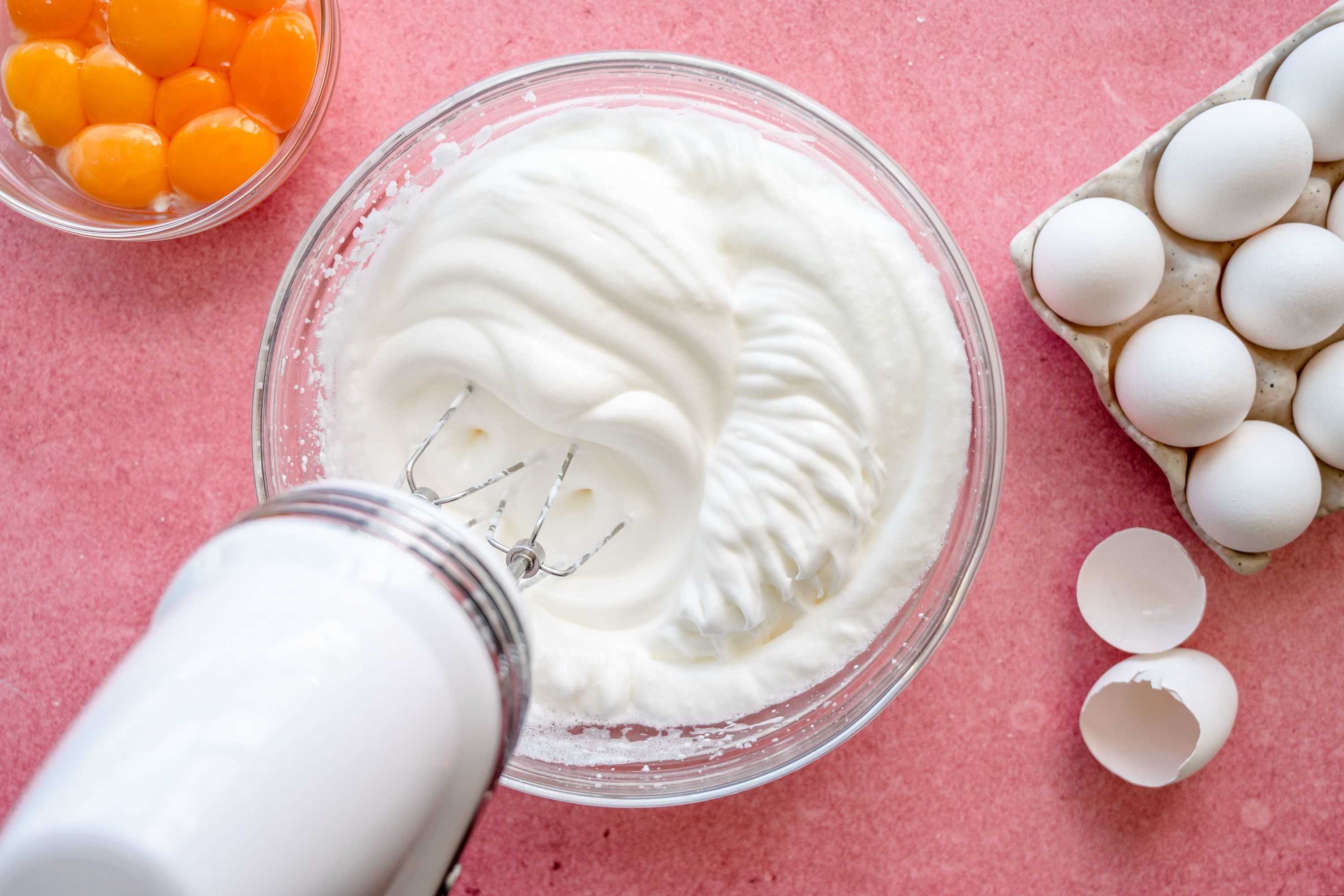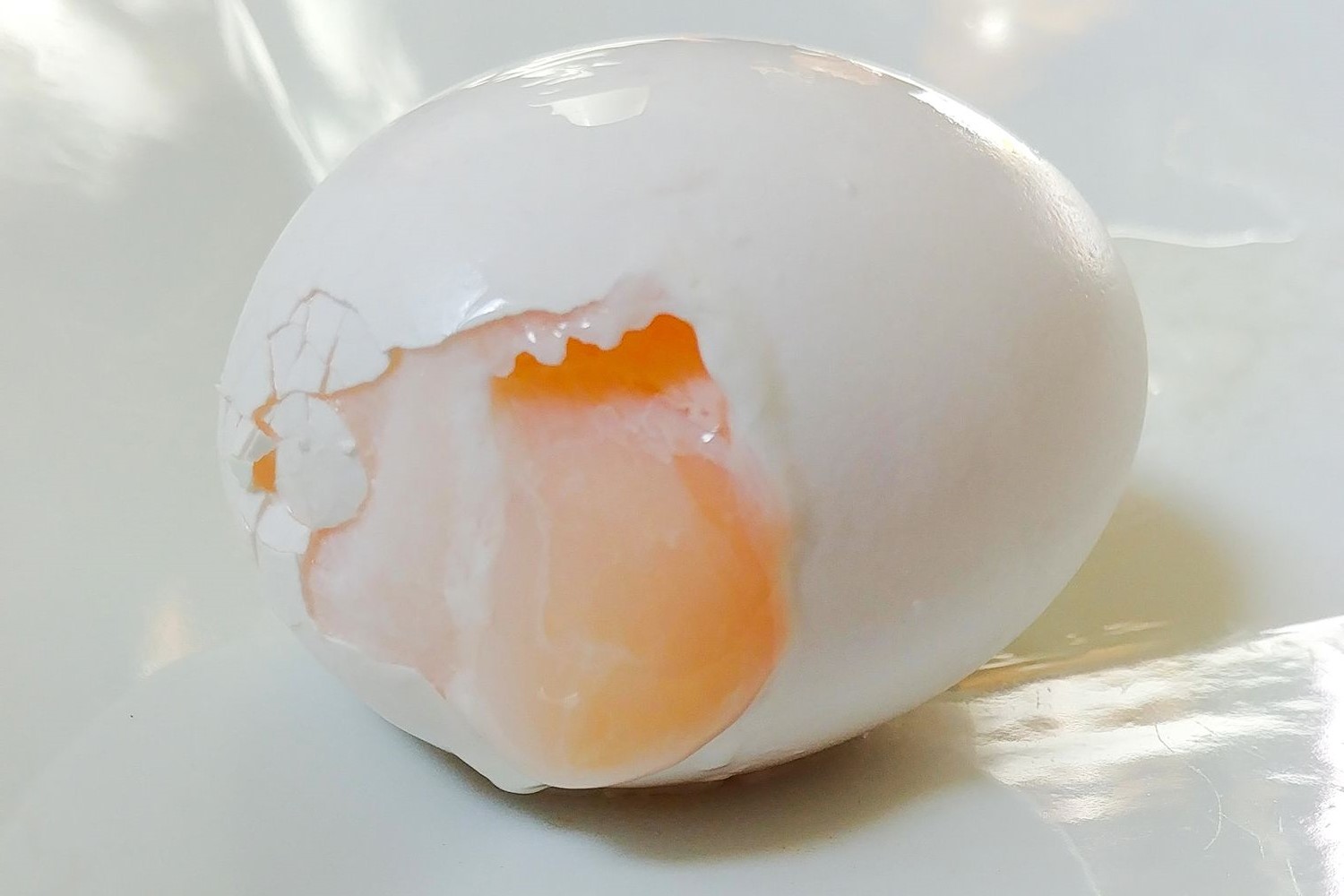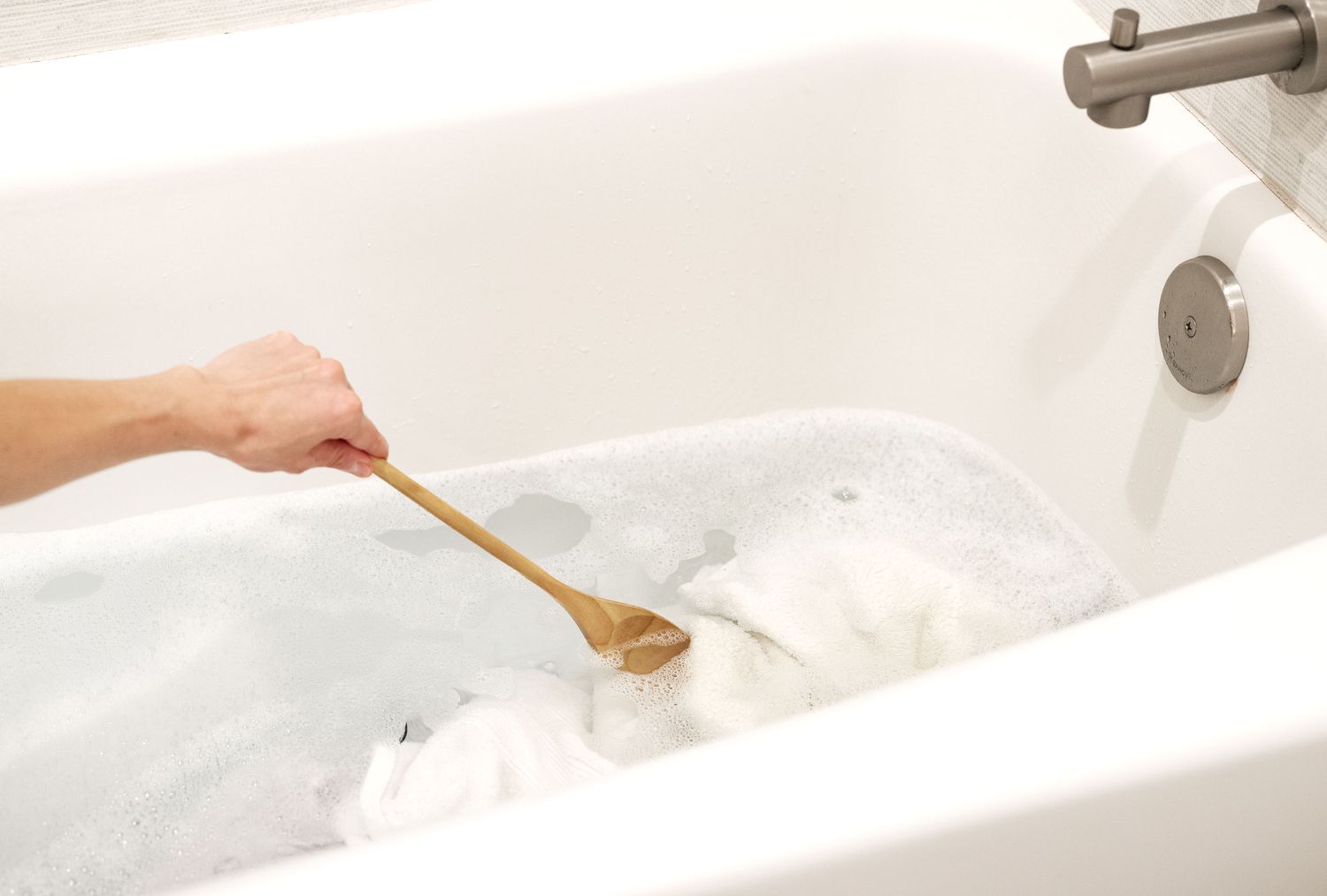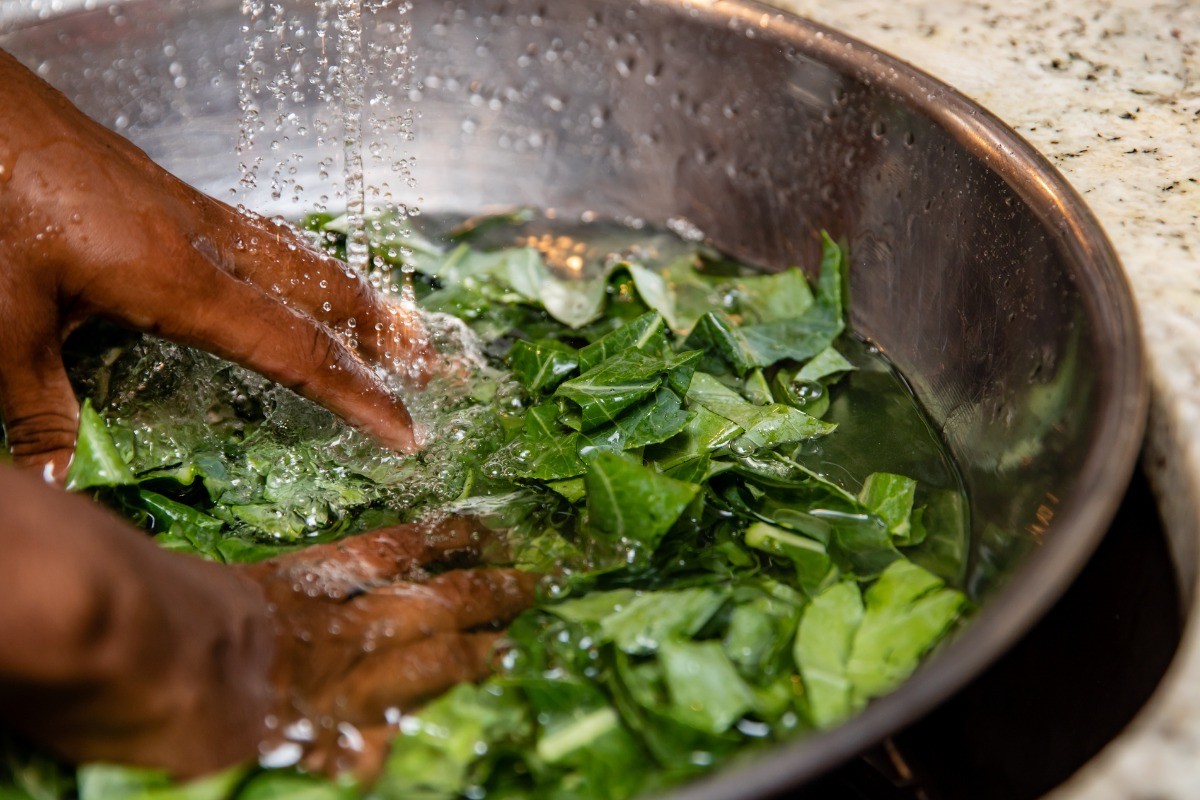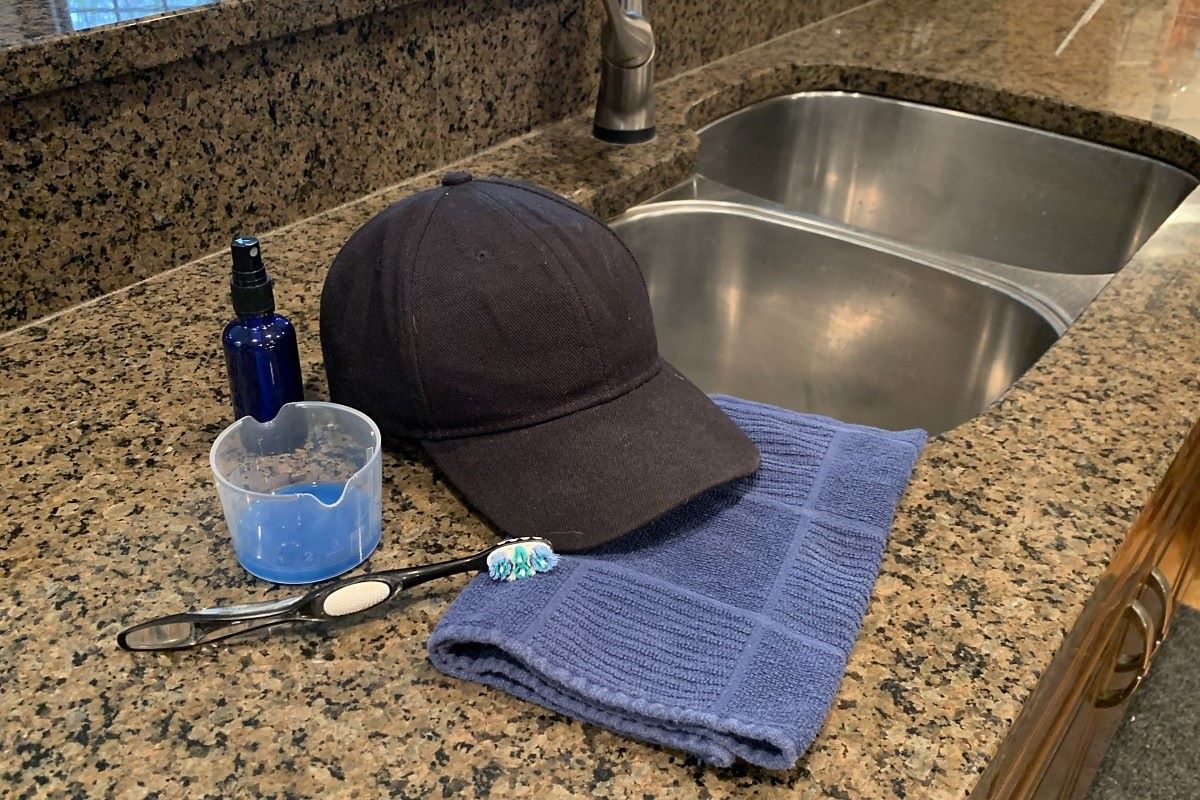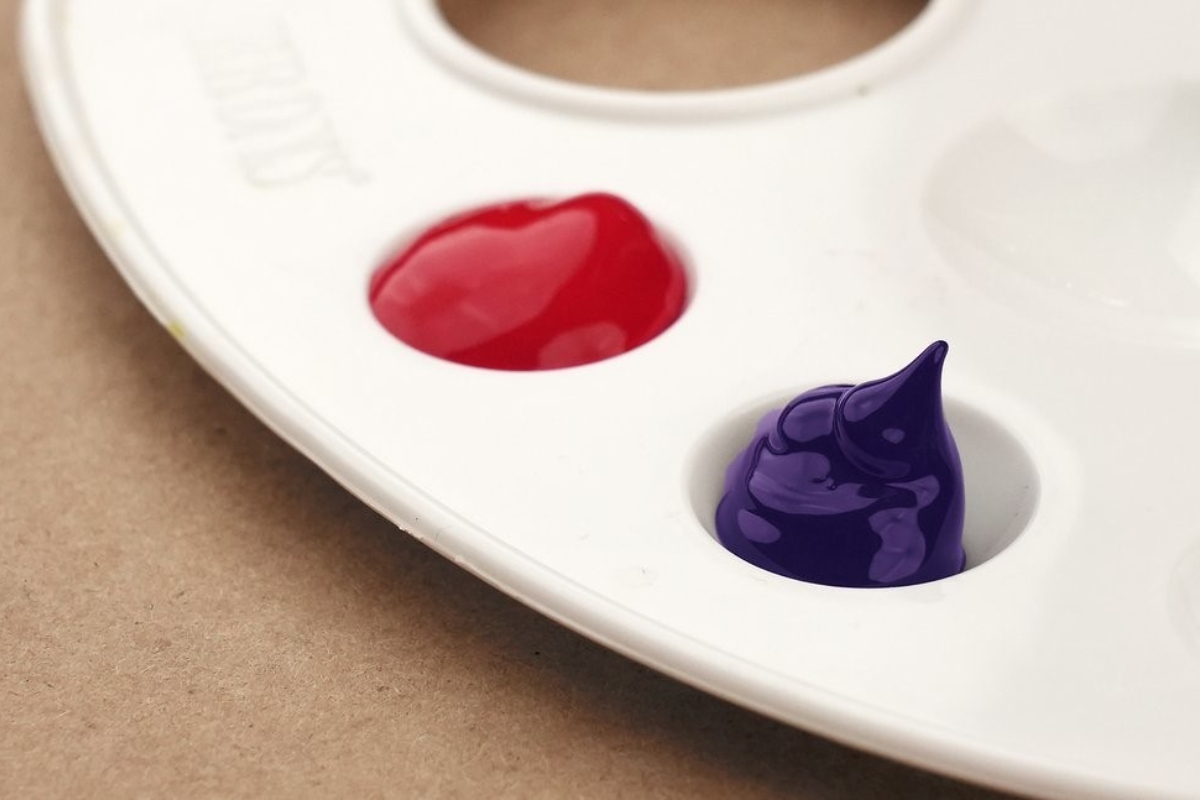Home>Food and Cooking>How To Make An Egg Wash


Food and Cooking
How To Make An Egg Wash
Published: February 25, 2024
Learn how to make an egg wash for your culinary creations with our easy step-by-step guide. Perfect for food and cooking enthusiasts.
(Many of the links in this article redirect to a specific reviewed product. Your purchase of these products through affiliate links helps to generate commission for Noodls.com, at no extra cost. Learn more)
Table of Contents
Introduction
When it comes to cooking and baking, there are certain techniques and ingredients that can elevate your dishes to a whole new level. One such technique that is essential in the culinary world is the art of creating an egg wash. Whether you are a seasoned chef or a novice cook, mastering the art of making an egg wash can significantly enhance the appearance, texture, and flavor of your culinary creations.
An egg wash is a simple yet versatile mixture that is used to brush onto pastries, bread, and other baked goods before they are placed in the oven. This technique not only adds a beautiful golden sheen to the finished product but also helps to seal and bind the ingredients together, resulting in a professional-looking and appetizing final product.
Understanding the nuances of creating the perfect egg wash can open up a world of possibilities in the kitchen. From creating a glossy finish on a pie crust to achieving a crispy and golden exterior on bread, the applications of an egg wash are diverse and impactful. Whether you are preparing sweet treats like fruit tarts and cinnamon rolls or savory delights such as empanadas and quiches, mastering the art of making an egg wash is a fundamental skill that every home cook and professional chef should possess.
In the following sections, we will delve into the intricacies of making an egg wash, exploring the essential ingredients, step-by-step instructions, and valuable tips and tricks to ensure that your culinary creations are nothing short of extraordinary. So, roll up your sleeves, gather your ingredients, and let's embark on a journey to unravel the secrets of creating the perfect egg wash.
Read more: How To Make An Egg Wash For Pie
What is an Egg Wash?
An egg wash is a simple yet indispensable mixture used in cooking and baking to enhance the appearance, texture, and flavor of various dishes. It is created by whisking together eggs, often with a small amount of liquid such as water, milk, or cream. This versatile concoction serves multiple purposes, making it a staple in both sweet and savory culinary creations.
The primary function of an egg wash is to impart a beautiful golden sheen to the surface of pastries, bread, and other baked goods. When brushed onto the unbaked dough, the egg wash undergoes a stunning transformation in the oven, resulting in a glossy and appetizing finish that is visually appealing. This aesthetic enhancement is particularly desirable for items like pie crusts, bread rolls, and croissants, where a golden, crispy exterior is synonymous with quality and artisanal craftsmanship.
Beyond its visual impact, an egg wash also plays a crucial role in the baking process. The proteins in the egg help to bind the ingredients together, creating a cohesive and uniform structure. This is especially beneficial for items like turnovers, empanadas, and stuffed pastries, where a secure seal is essential to prevent the filling from leaking during baking. Additionally, the egg wash aids in creating a crisp and flaky texture on the exterior of the baked goods, adding a delightful contrast to the tender interior.
Furthermore, the application of an egg wash can serve as an adhesive for sprinkling toppings such as seeds, coarse salt, or sugar onto the surface of the dough. This not only adds an extra layer of flavor and texture but also contributes to the overall visual appeal of the finished product.
In essence, an egg wash is a culinary secret weapon that elevates the quality and presentation of baked goods. Its ability to create a lustrous finish, promote structural integrity, and enhance textural contrast makes it an indispensable component in the arsenal of any home cook or professional baker. Understanding the significance of an egg wash and mastering the art of its application can unlock a world of creative possibilities in the realm of cooking and baking.
Ingredients Needed
To create a perfect egg wash, you will need a few simple yet essential ingredients that are likely already in your kitchen. The beauty of an egg wash lies in its simplicity, as it requires minimal components to achieve maximum impact. Here are the key ingredients needed to prepare an egg wash:
-
Eggs: The star of the show, eggs serve as the foundation of the egg wash. They provide the necessary proteins and fats that contribute to the glossy finish and binding properties of the wash. For most recipes, whole eggs or egg yolks are used, although specific applications may call for egg whites only.
-
Liquid: While eggs form the base of the wash, a small amount of liquid is often added to adjust the consistency and texture. Common options for the liquid component include water, milk, or cream. The choice of liquid can influence the richness and color of the final wash, allowing for customization based on the desired outcome.
-
Optional Flavorings: Depending on the intended use of the egg wash, optional flavorings can be incorporated to impart additional depth and complexity. For sweet pastries, a touch of vanilla extract or a sprinkle of sugar can enhance the overall flavor profile. On the other hand, savory dishes may benefit from a pinch of salt, pepper, or herbs to complement the filling or dough.
-
Equipment: In addition to the ingredients, having the right equipment is crucial for preparing an egg wash. A small bowl for whisking the eggs and liquid, along with a reliable whisk or fork, are all that is needed to create a smooth and homogeneous mixture.
By gathering these simple yet essential ingredients and equipment, you are well-equipped to embark on the journey of creating a flawless egg wash. With the right components at your disposal, you are poised to elevate the visual appeal, texture, and flavor of your culinary creations, whether they are sweet or savory, baked or fried. Now that we have assembled the necessary ingredients, let's proceed to the next step: the art of making an egg wash.
Steps to Make an Egg Wash
Creating an egg wash is a straightforward process that requires minimal effort and yields remarkable results. Follow these simple steps to prepare a flawless egg wash that will elevate the visual appeal and texture of your culinary creations:
-
Gather the Ingredients: Begin by assembling the necessary components for the egg wash. Retrieve the eggs, liquid (water, milk, or cream), and any optional flavorings from your kitchen. Ensure that the eggs are at room temperature, as this will facilitate easier mixing and result in a smoother consistency.
-
Crack and Whisk the Eggs: In a small bowl, crack the eggs and carefully separate the yolks from the whites if the recipe calls for specific components. Using a whisk or fork, beat the eggs until they are well combined and the yolks are fully incorporated. This step is crucial for achieving a uniform texture in the egg wash.
-
Incorporate the Liquid: Once the eggs are thoroughly whisked, add the desired liquid component to the bowl. The amount of liquid can be adjusted based on the intended consistency of the egg wash. A small amount of liquid is typically added to the eggs to enhance the spreadability and sheen of the wash.
-
Optional Flavorings: If you wish to infuse the egg wash with additional flavor, this is the stage to incorporate optional flavorings. For sweet pastries, a splash of vanilla extract or a sprinkle of sugar can enhance the overall taste, while savory dishes may benefit from a pinch of salt, pepper, or herbs. Gently whisk the flavorings into the egg mixture until they are evenly distributed.
-
Strain (Optional): For a smoother and more refined egg wash, consider straining the mixture through a fine-mesh sieve to remove any lumps or impurities. This step is particularly beneficial if you have added flavorings such as vanilla seeds or herbs, as it ensures a consistent and homogeneous wash.
-
Application: Your egg wash is now ready to be applied to the surface of your culinary creations. Using a pastry brush or a clean, food-safe brush, gently coat the unbaked dough or pastry with the egg wash. Ensure an even application to achieve a uniform golden sheen and optimal binding properties.
By following these straightforward steps, you can master the art of making an egg wash with confidence and precision. Whether you are preparing delicate pastries, artisan bread, or savory turnovers, the application of a well-crafted egg wash will undoubtedly elevate the visual appeal and texture of your baked goods, leaving a lasting impression on those who indulge in your culinary creations.
Tips and Tricks
Mastering the art of creating an egg wash involves not only understanding the basic technique but also incorporating valuable tips and tricks to elevate the quality and visual appeal of your culinary creations. Here are some insightful pointers and expert recommendations to ensure that your egg wash application is nothing short of exceptional:
Read more: How To Wash Sticky Bras
1. Consistency is Key
Achieving the perfect consistency for your egg wash is crucial for a flawless application. Aim for a smooth and homogeneous mixture that is thin enough to spread easily but not overly runny. This ideal consistency ensures an even coating on the surface of your pastries or bread, resulting in a uniform golden sheen when baked.
2. Room Temperature Eggs
Using eggs at room temperature for your egg wash can significantly improve the blending process, resulting in a smoother and more cohesive mixture. Cold eggs can cause the fats to congeal, leading to a lumpy and uneven wash. Allowing the eggs to come to room temperature before whisking them will facilitate a seamless integration of the ingredients.
3. Choose the Right Liquid
The choice of liquid in your egg wash can influence the final outcome. While water is a common option, using milk or cream can impart a richer color and flavor to the baked goods. Experiment with different liquids to achieve the desired level of richness and sheen in your egg wash, keeping in mind the specific characteristics you wish to enhance in your culinary creations.
4. Optional Flavor Enhancements
Adding optional flavorings to your egg wash can elevate the taste profile of your baked goods. For sweet pastries, consider incorporating a touch of vanilla extract or a sprinkle of sugar to enhance the overall flavor. On the other hand, savory dishes can benefit from the addition of herbs, spices, or a hint of salt to complement the filling or dough.
Read more: How To Wash Grapes
5. Straining for Smoothness
For a refined and smooth egg wash, consider straining the mixture through a fine-mesh sieve before application. This step removes any lumps or impurities, ensuring a consistent and even coating on the surface of your pastries or bread. The result is a professional-looking finish that enhances the visual appeal of your baked creations.
6. Application Technique
When applying the egg wash, use a pastry brush or a clean, food-safe brush to ensure an even and controlled distribution. Gentle, broad strokes will help achieve a uniform coating, while avoiding excessive pressure that may deflate delicate pastries. Pay attention to the edges and creases, ensuring that the entire surface is evenly coated for a consistent finish.
7. Experiment and Adapt
Don't be afraid to experiment with different variations of egg wash to suit the specific requirements of your recipes. Whether it's adjusting the liquid component, incorporating unique flavorings, or exploring alternative application techniques, embracing creativity and adaptability can lead to delightful discoveries and personalized touches in your culinary creations.
By incorporating these tips and tricks into your egg wash preparation and application, you can elevate the visual appeal, texture, and flavor of your baked goods with confidence and finesse. The art of creating an egg wash is not only a fundamental culinary skill but also a canvas for innovation and artistry in the realm of cooking and baking.
Conclusion
In conclusion, mastering the art of making an egg wash is a fundamental skill that can significantly enhance the visual appeal, texture, and flavor of a wide array of culinary creations. From delicate pastries and artisan bread to savory turnovers and stuffed pastries, the application of a well-crafted egg wash can elevate the quality of baked goods to a professional standard. By understanding the basic components and techniques involved in creating an egg wash, as well as incorporating valuable tips and tricks, home cooks and professional bakers alike can unlock a world of creative possibilities in the realm of cooking and baking.
The versatility of an egg wash lies in its ability to create a lustrous and golden sheen on the surface of baked goods, adding an element of visual allure that captivates the senses. Beyond its aesthetic impact, the binding properties of the egg wash contribute to the structural integrity and texture of the finished product, resulting in a delightful contrast between a crisp exterior and a tender interior. Furthermore, the optional incorporation of flavorings allows for customization based on the specific requirements of sweet or savory recipes, adding an extra dimension of taste and complexity to the culinary creations.
As we have explored the essential steps to prepare an egg wash, from whisking the eggs to applying the mixture onto the unbaked dough, it becomes evident that this seemingly simple technique holds the power to transform ordinary baked goods into extraordinary delights. The careful consideration of factors such as consistency, choice of liquid, optional flavor enhancements, and application technique ensures that the egg wash serves its purpose with precision and finesse, resulting in consistently impeccable results.
Ultimately, the art of making an egg wash transcends the realm of mere culinary technique; it embodies a fusion of science, artistry, and sensory delight. It is a testament to the notion that even the simplest of ingredients and methods can yield profound impacts on the overall culinary experience. Whether it's the alluring shine of a fruit tart, the golden crust of a loaf of bread, or the flaky exterior of a savory turnover, the application of an expertly crafted egg wash is a testament to the dedication and artistry of the culinary craft.
In essence, the journey of mastering the art of making an egg wash is a gateway to a world of creativity, innovation, and sensory indulgence. It is a testament to the notion that even the simplest of ingredients and methods can yield profound impacts on the overall culinary experience. With a deep understanding of the nuances involved in creating an egg wash, coupled with a spirit of experimentation and adaptability, every home cook and professional baker can infuse their culinary creations with a touch of artistry and finesse, leaving a lasting impression on those who savor the fruits of their labor.


